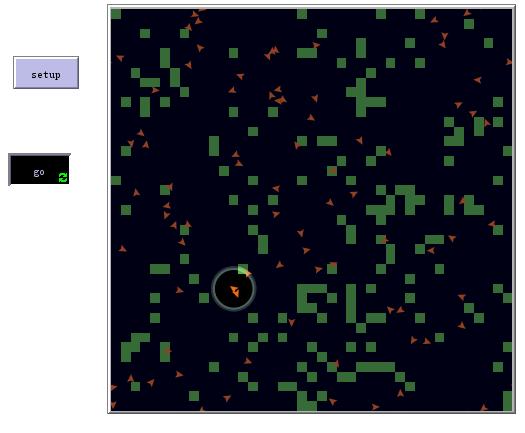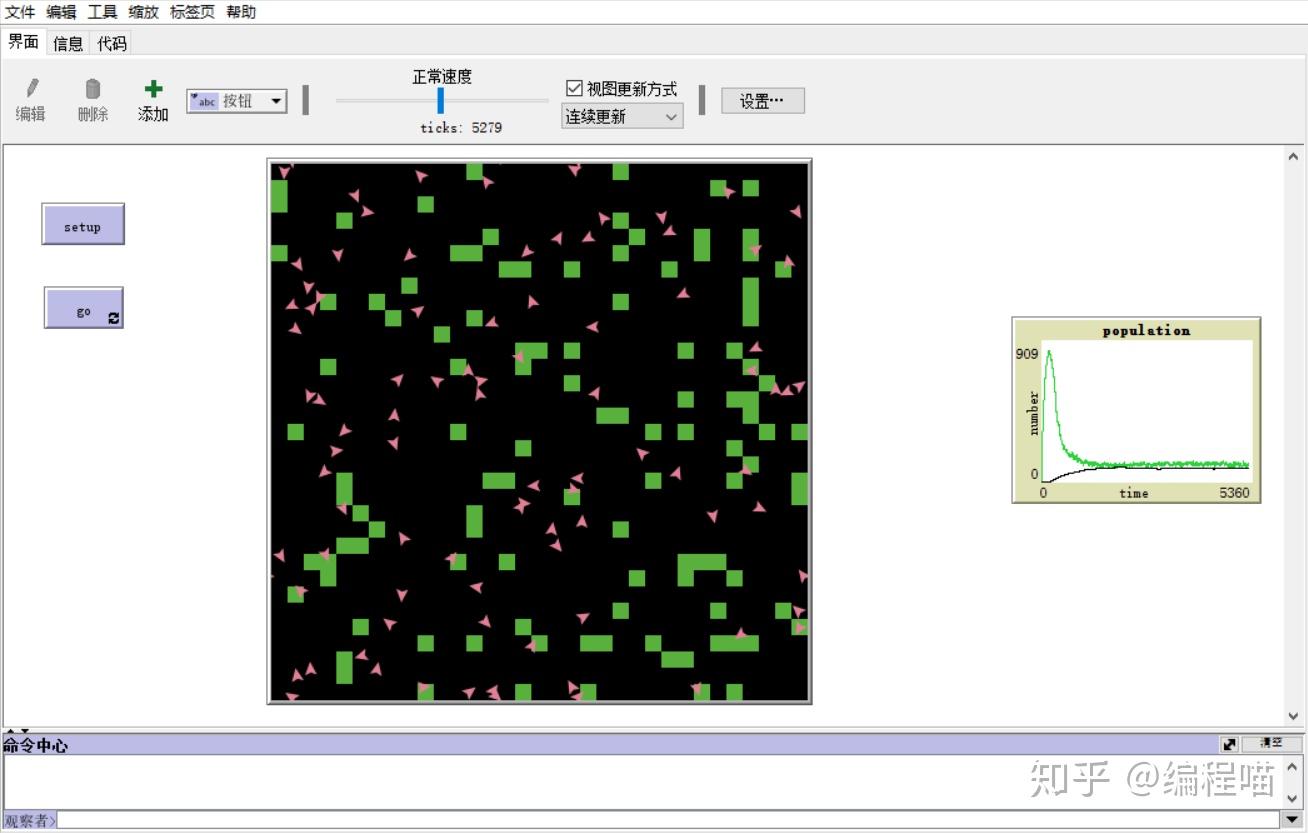
The cookies is used to store the user consent for the cookies in the category "Necessary". This cookie is set by GDPR Cookie Consent plugin. The cookie is set by GDPR cookie consent to record the user consent for the cookies in the category "Functional". The cookie is used to store the user consent for the cookies in the category "Analytics". These cookies ensure basic functionalities and security features of the website, anonymously. Necessary cookies are absolutely essential for the website to function properly. (Some of these commands will not execute successfully.) print 2+2 print 2 + 2 let x -2 print x let x -2 print x let x -2 print -x let x -2 print – x let x -2 print (- x) Enter each of the following lines in the Command Center, in the order presented.
#Random float netlogo how to
How to start NetLogo with let and printcommands? The color reported may be only an approximation, since the NetLogo color space does not include all possible colors. All three inputs should be in the range 0 to 255. Reports a number in the range 0 to 140, not including 140 itself, that represents the given color, specified in the RGB spectrum, in NetLogo’s color space. What is the correct color range for NetLogo? If you want a floating point answer, you must now use random-float instead. Note: In versions of NetLogo prior to version 2.0, this primitive reported a floating point number if given a non-integer input. When to use floating point answer in NetLogo? If number is zero, the result is always 0 as well. If number is negative, reports a random integer less than or equal to 0, but strictly greater than number. If number is positive, reports a random integer greater than or equal to 0, but strictly less than number.
#Random float netlogo Patch
(The patch variable begins with “p” so it doesn’t get confused with the turtle variable, since turtles have direct access to patch variables.) When does NetLogo report a positive random integer? For example, all turtles and links have a color variable, and all patches have a pcolor variable. How do you declare a variable in NetLogo?

It’s easy and the results are immediate and visible – one of NetLogo’s many strengths. Also, inside the move-turtles procedure you can try changing right random 360 to right random 45. You can use the random.uniform(a, b) function to generate a pseudorandom floating-point number n such that a pen-down into the Command Center and then pressing the go button. How do I generate random float numbers in Numpy? To get a random number between 0.0 and 1.0, first cast the int return by rand() to a float, then divide by RAND_MAX. Rand() return a int between 0 and RAND_MAX. How do you generate a random floating-point number? Most often, globals is used to define variables or constants that need to be used in many parts of the program. Global variables are “global” because they are accessible by all agents and can be used anywhere in a model. For example, It can generate a random float number between 10 to 100 Or from 50.50 to 75.5. uniform() function returns a random floating-point number between a given range in Python. Uniform() to get a random float number within a range.


If number is zero, the result is always 0. By using random-float, we are ensuring that the dart could land at every possible point on the dartboard, not just integer points.Random-float number If number is positive, reports a random floating point number greater than or equal to 0 but strictly less than number. In the model example below, we use random-float to randomly place a dart somewhere on (or off of) a dartboard. The highest number random-float could report is 4.999999.

For example, if we wanted to generate a random floating point number between 4 and 7, we would write the following code: 4 + random-float 3.


 0 kommentar(er)
0 kommentar(er)
